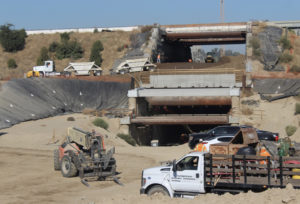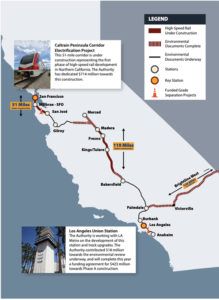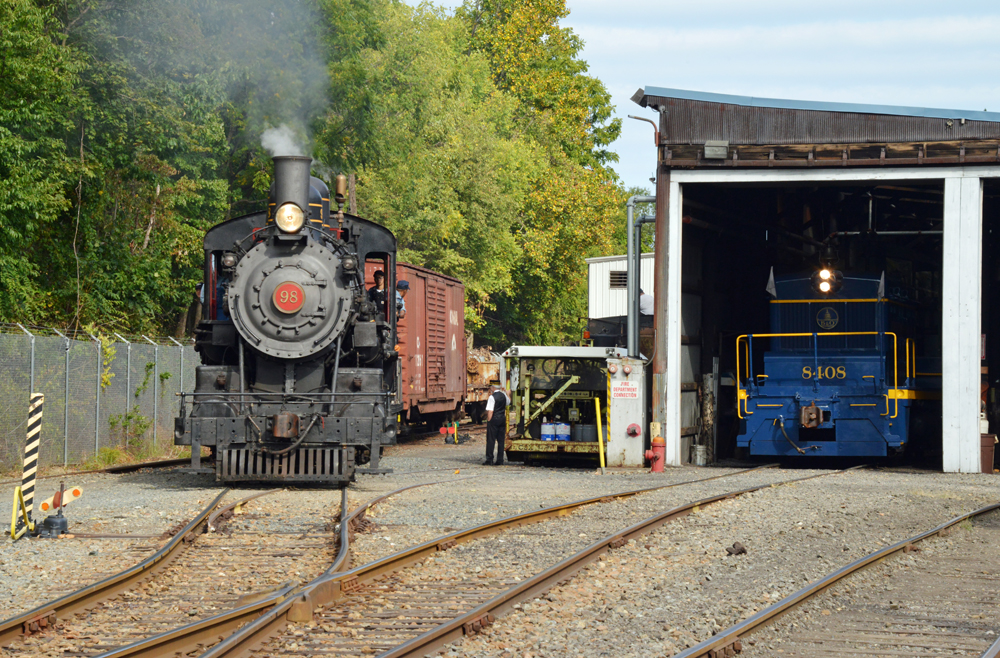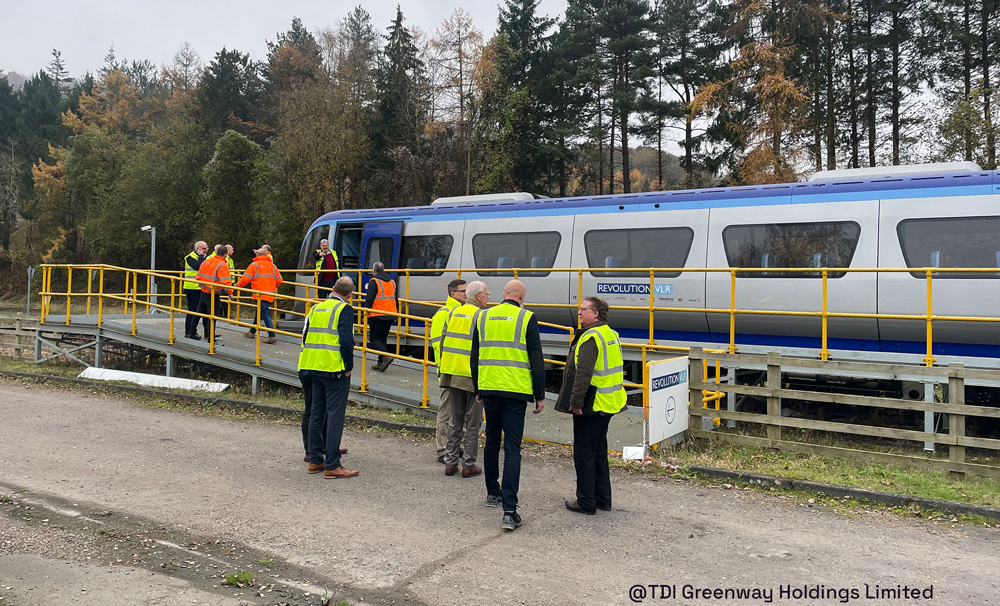
(Bob Johnston)
SACRAMENTO, Calif. — After a year’s delay caused by the COVID-19 pandemic and an uprising in the California Legislature, the head of the state’s financially strapped high-speed rail project unveiled a “revised draft business plan” today restating an initial operating segment between Merced and Bakersfield as the project’s priority.
The California High-Speed Rail Authority Board voted unanimously to ask the legislature to issue $4.1 billion in state bonds authorized by voters 12 years ago to get that line up and running.
Construction now under way is expected to cost $330 million more than was anticipated in last year’s first try at the plan, and track laying won’t be finished until 2023, a year later than last year’s document.
But the rail authority is investigating, as an interim cost-saving measure, whether it can begin Central Valley high-speed service with leased 186-mile-per-hour trainsets on a single-track railroad with passing tracks, if it doesn’t degrade service frequency or travel times. Double tracking would have to be completed before the San Francisco Bay Area is linked to the line with 220-mph trains, officials said.
Another interim step is for high-speed trains to connect at Merced to extended Amtrak San Joaquin service and Altamont Corridor Express commuter trains for Central Valley rail service to the Bay Area and Sacramento. Funding for the ACE extension to Merced was included in earlier state legislation.
The business plan’s changes from last year are certain to be hot topics in the legislature, where the new plan will be presented in April as required by state law. There still is no identified funding for extending the line to the metropolises at either end — the Los Angeles Basin and Bay Area. Passenger rail service that could move people between LA and SF in 2 hours, 40 minutes is what sold the project to voters in 2008.

(California High-Speed Rail Authority)
Brian Kelly, CEO of the California High-Speed Rail Authority, told the authority’s board that the pandemic took a $288 million bite out state cap-and-trade funding for the project, sidetracked 244 workers through quarantines, slowed right-of-way acquisition by months, and postponed track and systems procurement by a year.
Yet aside for COVID-19’s impact, the financial landscape behind today’s presentation is much different from a year ago.
Prospects for federal support of the project appear to have changed since last summer, when it was battling both Trump administration opposition and a majority of the California Assembly, where there was talk of siphoning off high-speed rail’s unspent state bond funds for smaller rail transit projects.
Amit Bose, the Biden administration’s acting Federal Railroad Administrator, issued a statement just prior to Kelly’s presentation expressing support for high-speed rail in the United States generally and acknowledging the California project’s leadership role.
“The U.S. Department of Transportation looks forward to partnering with California as it leads the way to build back better,” the statement said.
“It’s hard to overstate what the change at the federal level means for this project,” Kelly said. “I’m very, very encouraged by what the FRA had to say today. It portends much better things in the days ahead.”
Boris Lipkin, the project’s Northern California regional director, told Trains in an advance interview that — unlike the last two years, which he described as “radio silence” between high-speed rail and the Trump DOT — project officials have been having “almost daily conversations” with the Biden transition team and with the DOT and FRA since the Jan. 20 inauguration.
Kelly said he expects a 2-year-old lawsuit, which California filed to block a DOT attempt to recover federal grant money, to be resolved in the state’s favor as a result of the change in administrations.













